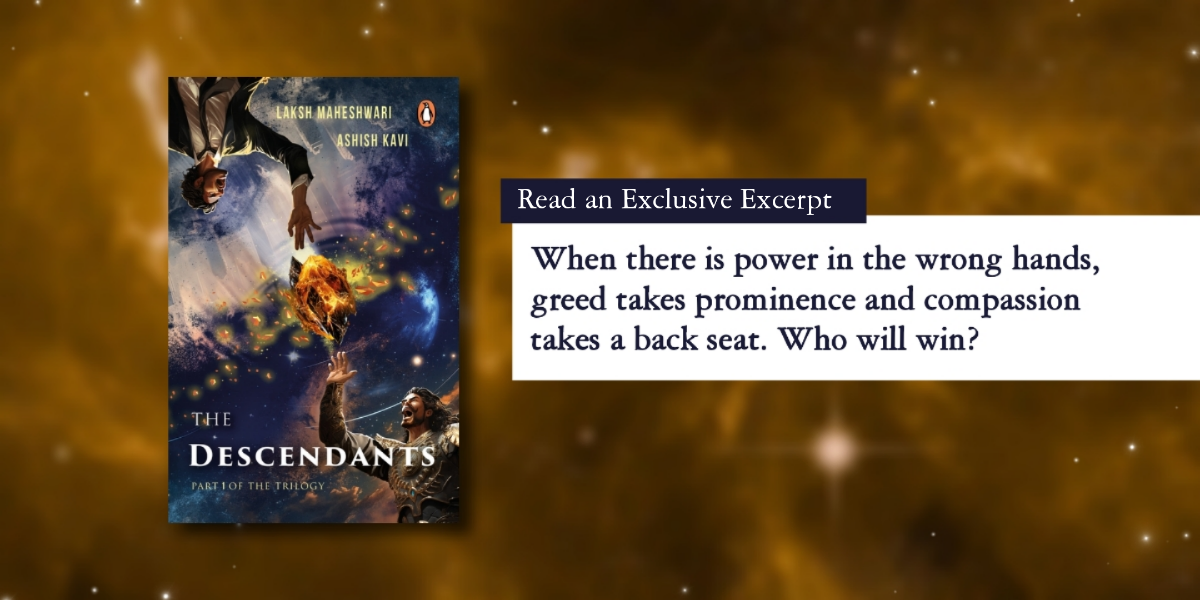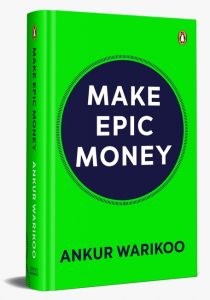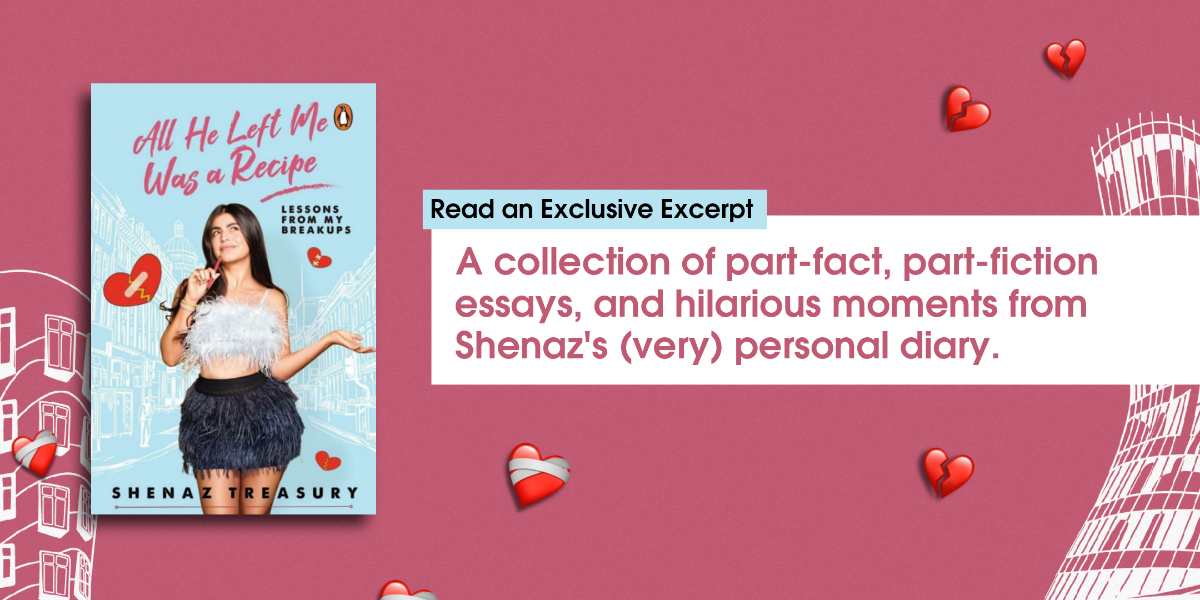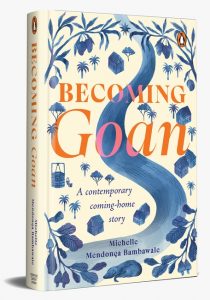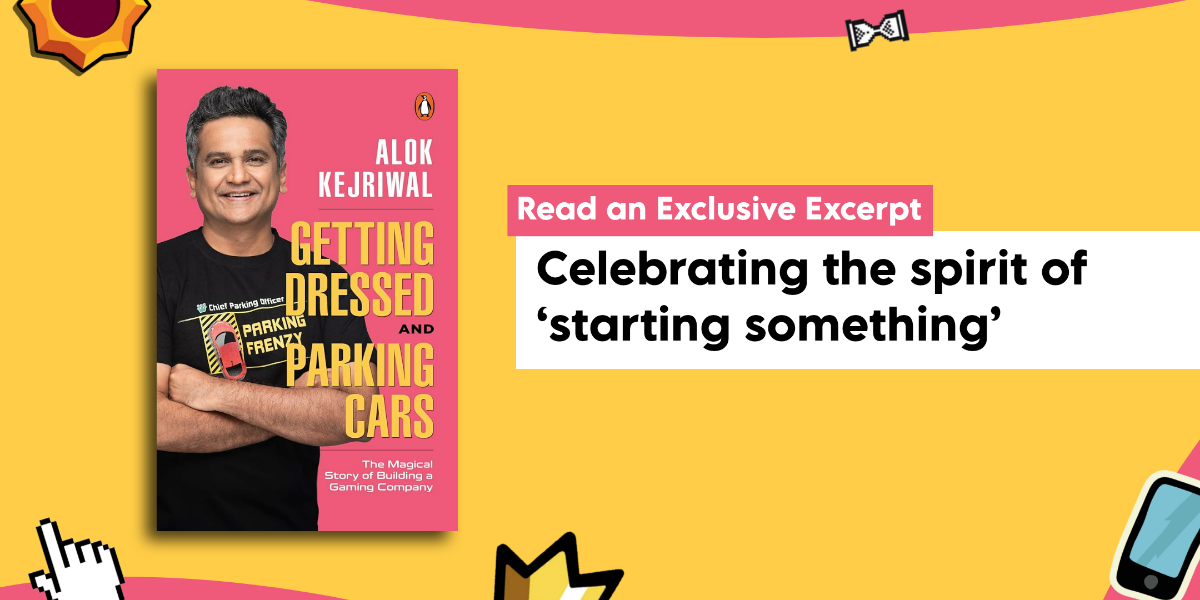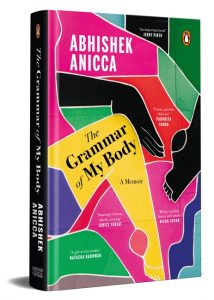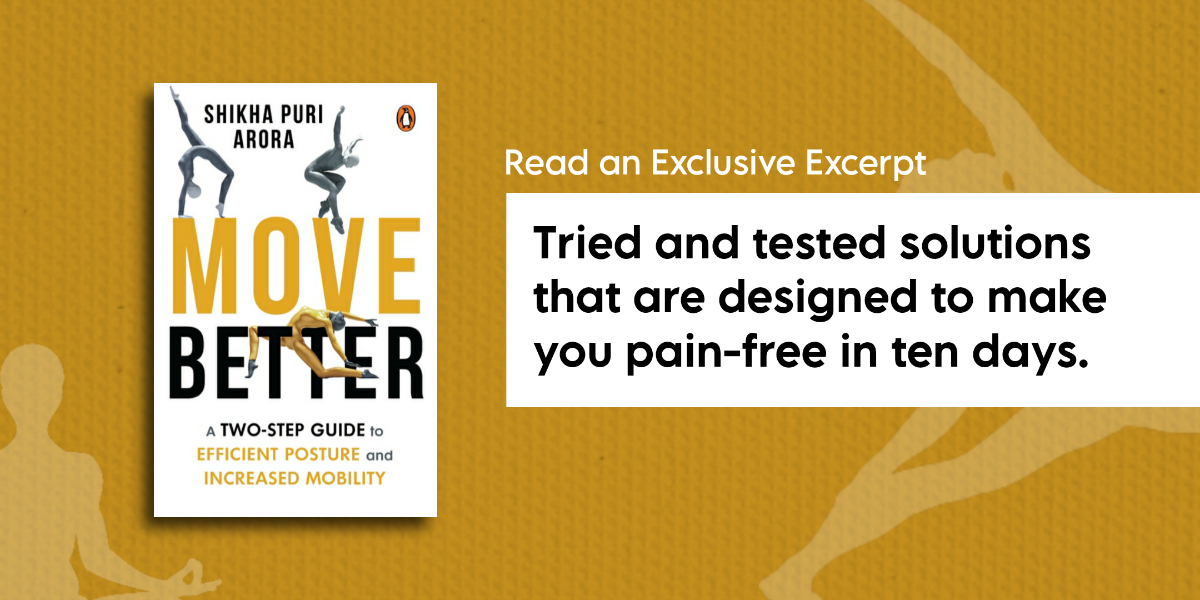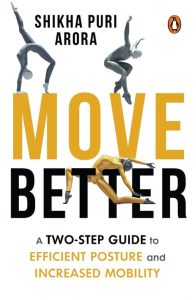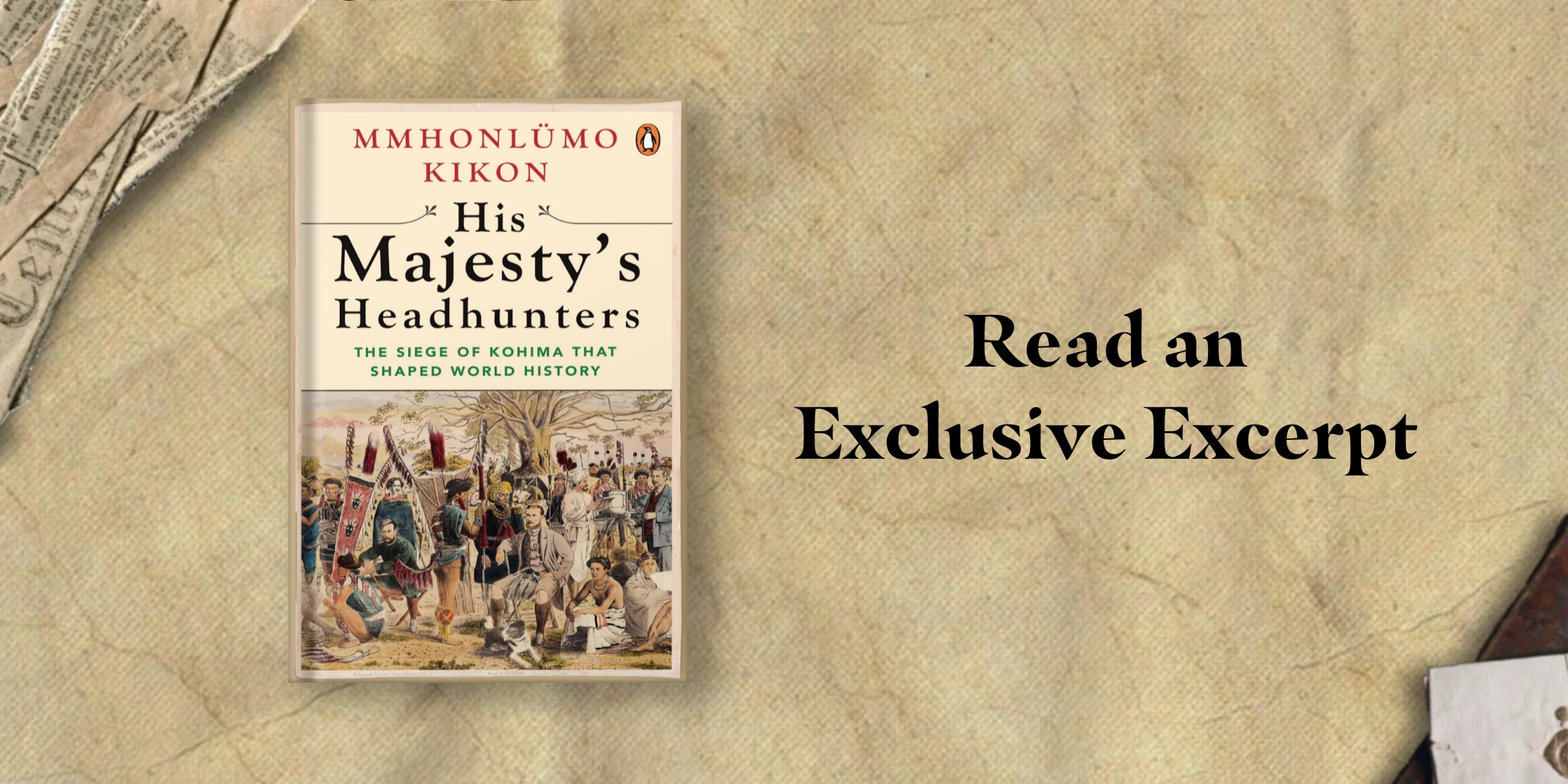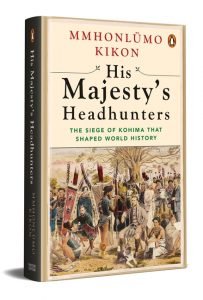Ever wondered what happens when a mysterious meteor lands, carrying a powerful black element with supernatural possibilities? Join Jay, the CEO of Vantra Labs, in Laksh Maheshwari and Ashish Kavi’s The Descendants, as he embarks on a modern-day adventure where science collides with ancient prophecies. Does history repeat itself, and can Jay navigate the intricate blend of family, science, and destiny?
Find out in this exclusive excerpt!
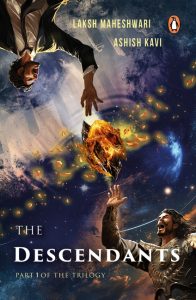
***
The sudden flash of a lightning bolt reflected on the glass panes of the city’s skyscrapers intimidated Jay, pulling him out of his trance as he walked towards the parking lot. He moved gingerly towards his car, clad in his impeccable Vanquish II suit and carrying a leather laptop bag in his right hand, drenched from head to toe.
Dhananjay Somvanshi, the rightful heir to Vantra Technologies, had been brutally dethroned. Two days ago, he was on the path to saving the world and now here he was, discarded like a piece of scrap by his own family.
With each step he took, he mulled over a single question— how could this happen?
He reached his Mercedes and sat in the backseat. Water dripped from his pants and began to pool on the car’s floor as he closed the door with a loud thud. With a thousand thoughts whirling through his head, he first took off his shoes and socks, and then his soaked jacket which he folded neatly beside him. He felt another wave of fury boiling through him. Clenching his jaw, he started throwing punches at the car seat and took his laptop and smashed it repeatedly against the window till it was completely destroyed.
The man sitting in a white uniform in the driver’s seat remained unfazed.
‘Let’s go home, Kaka. There’s nothing left for me here,’ Dhananjay said.
‘Letting anger steep within is no better than diluting your blood with poison and expecting it to kill the other person,’ the man in the driver’s seat spoke without looking behind.
‘What?’
‘Whenever you feel rage bubbling inside you, think of the consequences; where would the decisions you make under such a cloud lead you? Anger never creates, Jay, it only destroys.’ Kaka smiled pensively.
Jay’s eyes scanned the seat and the floor which was now dusted with the laptop’s parts and realized the futility of his actions. He looked outside the window and noticed that it had stopped raining.
A sadhu wrapped in saffron from head to toe walked by their car. He was strangely dry and seemed unbothered by the muddy puddles or the bits of litter floating out of the clogged gutters along the sidewalks.
‘I wish I could go somewhere far away from all this hideousness, to live a quiet life of peace and solitude.’ He sighed. ‘I feel lost now. All my efforts over the past months have been in vain and I feel defeated by the ones I call my flesh and blood.’
There is no peace without conflict;
no joy without sadness;
no virtue without sin;
and son, there is no sannyasa (renunciation) without karma.
‘What do you mean, Kaka?’
‘I mean no learning without burning!’ Kaka joked and laughed.
A slight smile broke out on Jay’s lips and he felt calmer. Kaka had had this impact on him ever since he was a child. He had always been an anchor and a friend whenever Jay needed support or advice. Kaka was like a father when Jay needed love and a guru when he needed direction. ‘Follow your own path and leave the rest to Hari (Lord),’ he would always say.
‘What happened, Jay?’ Kaka asked with concern.
Kaka had been driving, and it was only now that Jay noticed that they were not heading home.
‘Kaka, where are we?’ He looked out, trying to recognize the area which looked like an uninhabited clifftop.
‘We are just making a pit stop,’ Kaka said with his constant gentle smile. He got out of the car and stood at the edge of the cliff, whistling a beautiful melody.
Jay stepped out of the car and looked around. The view was amazing. He could see the whole city spread out in front of him. In the distance, he could see the majestic building with a ‘V’ on it, towering over the other buildings.
‘Now tell me, what happened in there?’ Kaka stopped his whistling and asked.
‘Arindam Chachu is on a wretched path that can only lead to havoc. You always knew this would happen, but I still couldn’t believe that he’s capable of such despicable actions.’ Jay shook his head.
‘Nearly all men can stand adversity, but if you want to test a man’s character, give him power,’ Kaka said.
***
Get your copy of The Descendants by Laksh Maheshwari and Ashish Kavi wherever books are sold.







